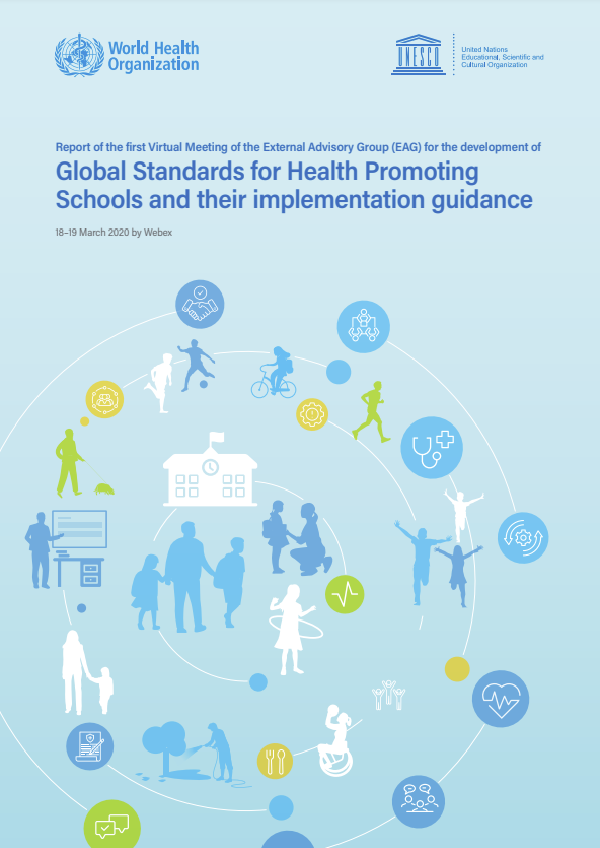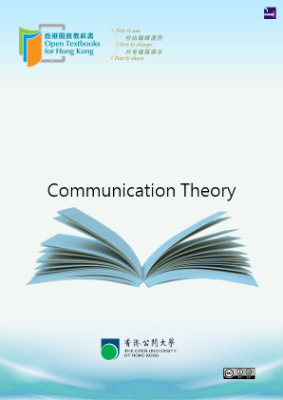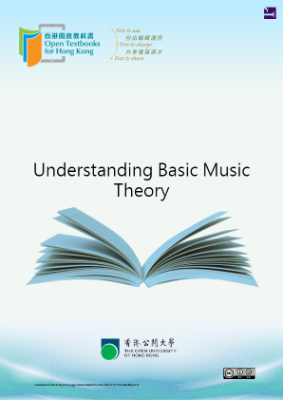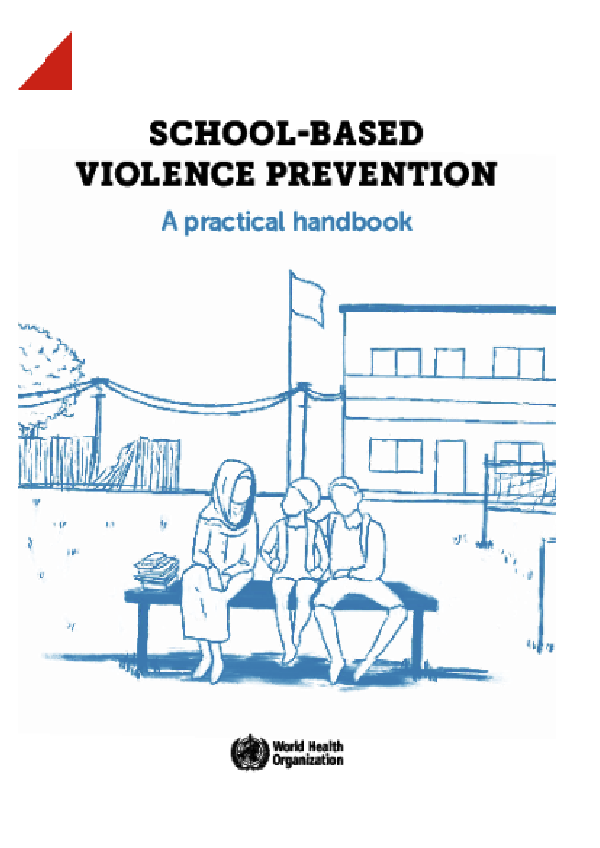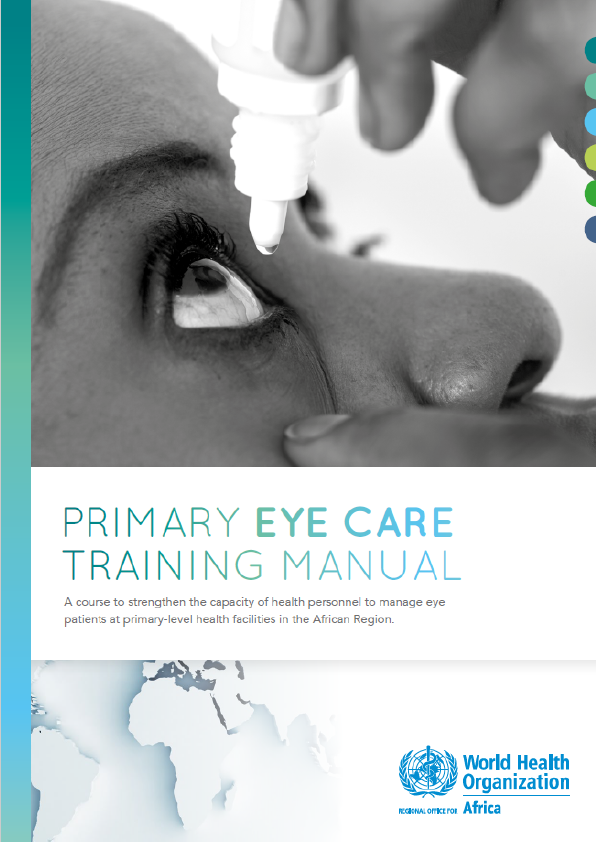The World Health Organization (WHO) defines a health-promoting school as “a school that is constantly strengthening its capacity as a healthy setting for living, learning and working”. Health-promoting schools (HPS) have been recognized as strategic vehicles for promoting positive development and healthy behaviours such as physical activity, physical fitness, recreation and play, and balanced nutrition, and for preventing tobacco use, bullying and aggressive behaviour. Although the concept of HPS was articulated by WHO, the United Nations Educational, Scientific and Cultural Organization (UNESCO) and the United Nations Children’s Fund (UNICEF) in 1992, few countries have successfully implemented HPS on a scale. Even fewer have made sustainable institutional changes so that health can be integrated and sustained in all aspects of school life and the education system – teaching content and methodology, school governance, campus and facility management, and cooperation with partners and the broader community. To address this problem, UNESCO is working with WHO and other United Nations agencies to redefine school health as an approach that is embedded and sustained within the education system.
Recent guidance by WHO and other United Nations partners – Global accelerated action for the health of adolescents (AA-HA!): guidance to support country implementation2 – recommended that “every school should be a health-promoting school”. This is in line with the redefinition of school health. A standards-driven approach to the implementation of this recommendation is expected to accelerate global progress by addressing key areas for improvement, as identified at an expert meeting convened by WHO in Bangkok, Thailand, in 2015. One of the priorities identified was to establish systems for collecting better data, monitoring, reporting, providing evidence and utilizing that evidence to make policy and plan implementation.
WHO and UNESCO consequently launched a new initiative – “Making Every School a Health Promoting School” – by developing and promoting global standards for HPS. The initiative will serve over 2.3 billion school-age children and will contribute to one of the targets of WHO’s 13th General Programme of Work – i.e. “1 billion lives made healthier” by 2023.
To provide input to the development of the global standards and the guidance for their implementation, WHO and UNESCO commissioned two evidence reviews that were carried out by the Centre for Adolescent Health at the Royal Children’s Hospital and the University of Melbourne, Australia, a WHO Collaborating Centre for Adolescent Health. Review 1 identified current recommendations by WHO and other United Nations agencies and national governments related to comprehensive school health programmes. Review 2 focused on key barriers to, and enablers of, implementation. The findings of these reviews were summarized in the draft background document that was shared with participants prior to the Expert Advisory Group (EAG) meeting.
The EAG was established in order to advise WHO and UNESCO on the next phase of developing and implementing global standards for HPS. The EAG comprises 29 non-WHO and non-UNESCO secretariat members, including representatives from ministries of health and education from 23 countries, representing all WHO and UNESCO regions. The backgrounds of the EAG members are academia, civil society (including student and youth organizations) and United Nations agencies – namely the Joint United Nations Programme on HIV/AIDS (UNAIDS), UNICEF, the United Nations Population Fund (UNFPA), UN Women, the World Food Programme (WFP) and the Food and Agriculture Organization of the United Nations (FAO), as well as the World Bank. EAG members from United Nations agencies represent the views of their respective organizations while other EAG members act in their individual capacities and do not express the official views of their countries or institutions.
The EAG advises the drafting team of WHO and UNESCO on the scope and content of the global standards for HPS, the guidance on implementation and the monitoring and evaluation (M&E) framework (referred to as the global standards documents) in order i) to maximize the documents’ relevance and usefulness to countries and partners and ii) to ensure that the guidance is evidence-based and technically sound. The EAG is consulted at critical stages of the development of the global standards for HPS. One of the process milestones involves a review and critical appraisal of the results of evidence reviews and consideration of what the findings mean for the global standards for HPS. With this aim, a two-day face-to-face meeting was planned to take place in WHO headquarters in Geneva from 18 to 19 March 2020. However, because of travel restrictions and social distancing requirements during the COVID-19 pandemic, the face-to-face meeting was replaced by a virtual meeting and the format was adjusted accordingly. Prior to the meeting, participants were provided with the two systematic reviews, prerecorded welcome addresses from WHO and UNESCO, presentations on the two reviews and a cross-talk among the review researchers. In order to capture feedback and contributions in addition to the proceedings, a questionnaire survey was circulated to all EAG members, including those who were not able to attend the virtual meeting.
